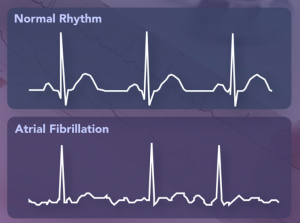For at least a hundred years, researchers have been struggling to answer one question: how does a single cell become a full grown human.
One major barrier to fully understanding this process, was that we could never see it happening before our own eyes. Luckily, a team of biologists led by Dr. Jacob Hanna at the Weizmann Institute of Science had a major breakthrough: mice grown in vials.
The Problem
In an interview with the New York Times, biologist Dr. Paul Tesar said:
“The holy grail of developmental biology is to understand how a single cell, a fertilized egg, can make all of the specific cell types in the human body and grow into 40 trillion cells. Since the beginning of time, researchers have been trying to develop ways to answer this question.”
Each one of us started the same, as just one cell. In our mothers, one cell became two, then four, which eventually led to us. During these beginning stages of development, we were what researchers call an embryo, or an early-stage animal. Embryos are located in a mother’s uterus, which acts like a house that provides everything needed to grow.
To see what is going on inside this house, researchers have tried many different tricks including taking pictures, or even removing the uterus fully from animals such as mice to get a better look. What researchers have not been able to do thus far, is watch the embryo grow continuously outside of the mother. This has not only made research in the field difficult, but has restricted the work being done.
The Solution
Although the researchers at Weizmann were not the first to come up with the idea, up until now, mice grown outside of a mother have either not been able to survive, or did not grow correctly. In fact, it took Dr. Hanna and his colleagues 7 years to perfect their technique.
The entire process consists of two steps. First, the uterus of a recently pregnant mouse is removed. Second, the uterus is transferred to a vial filled with liquid containing all the food it will need. As seen in the video below, the embryo is slowly spun to make sure it does not attach itself to the wall of the vial as that could result in death.
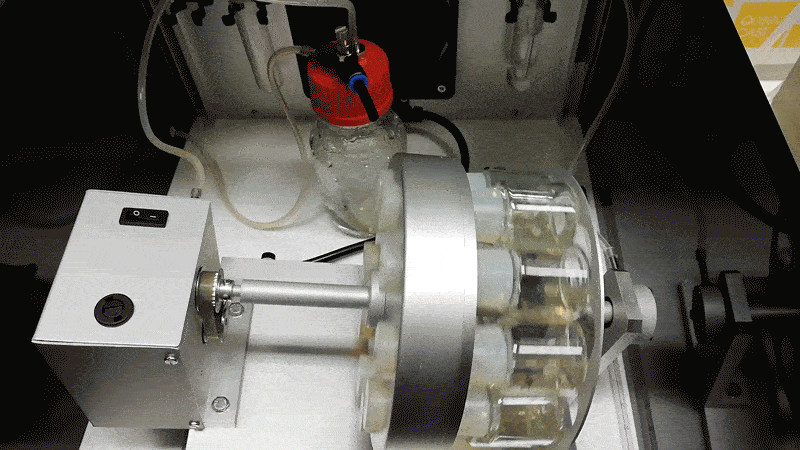
Mice embryos growing inside spinning vials (Video from MIT Technology Review)
The mice were under constant observation and images, as seen below, were taken and compared to mice developing inside a mother. The two were identical.

Mice developing over a 5-day period (Image from The New York Times)
Implications
As a result of this breakthrough, researchers will be able to better understand events including birth defects and miscarriages. Additionally, researchers can now easily change the environment that the embryo grows in to see what conditions can affect development. Although it may still be some time until this research is transferred to humans, this breakthrough certainly marks a big step in the right direction.
-Jessica Petrochuk




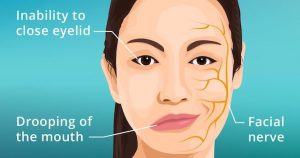



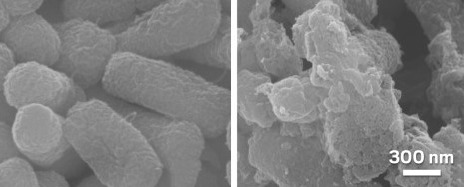


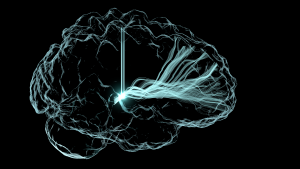
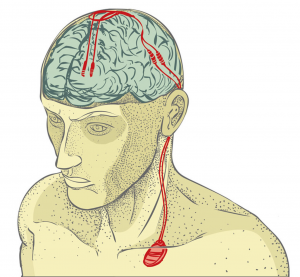



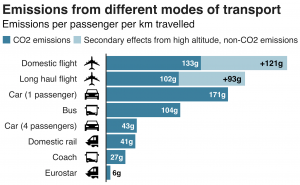
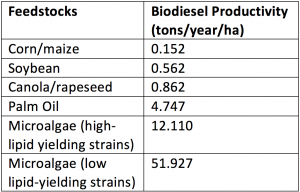
 When to get tested for COVID-19
When to get tested for COVID-19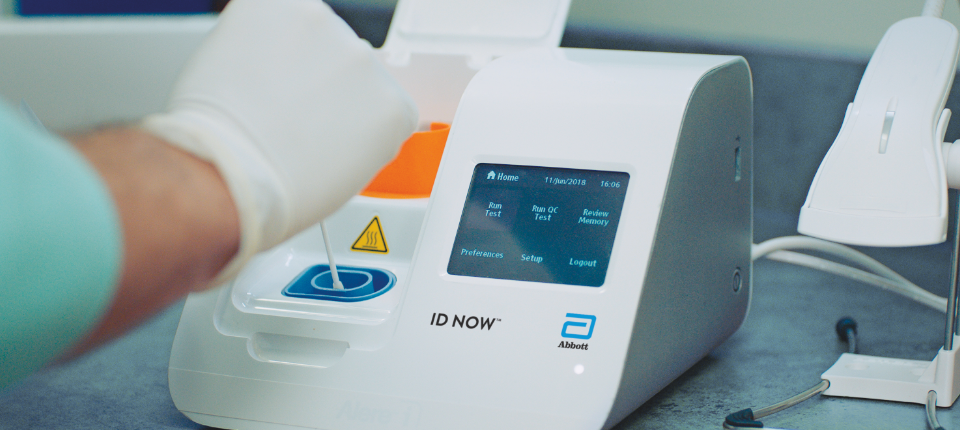 Abbott’s ID Now COVID-19 Test
Abbott’s ID Now COVID-19 Test
